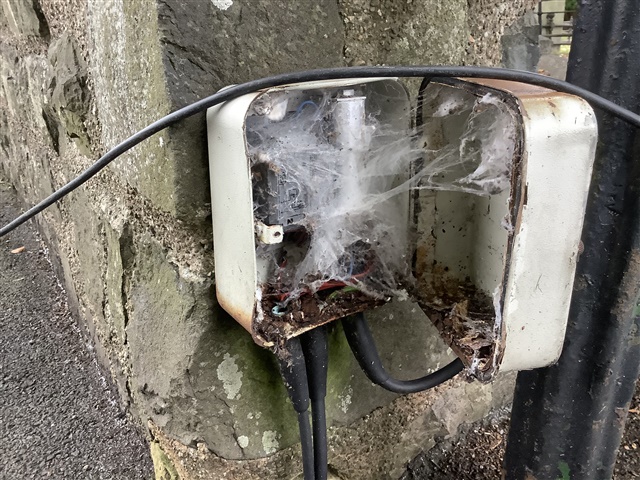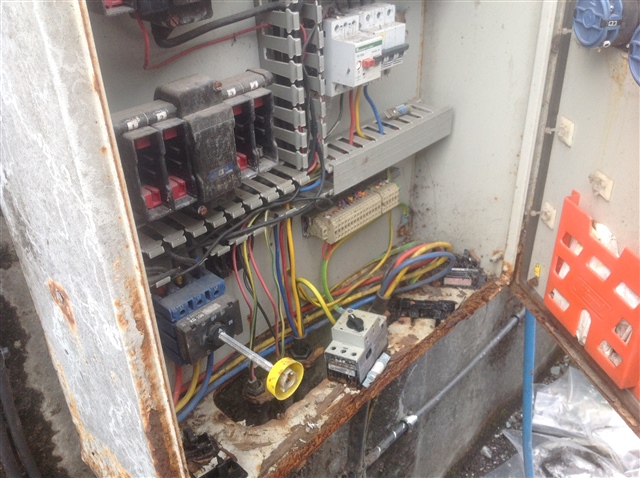In the recent years there has been a massive increase in the use of outdoor switchgear for the domestic dwelling (PV, EV, Heat Pumps etc). They are mainly metal but this then brings in the question of RCD protection for the enclosure itself and the characteristics of the supply cable to the CU/DB.
EG Is it OK for the CU to be fed from Henly Block (Other Brands are available) with only the protection offered by ( BS 1361 ) the main cut out fuse? The standardized BS 1361 breaking capacity of these fuse-links is 33kA at 0.3p.f. However to cater for increasing fault levels all Lawson house service cut-out fuse-links have been ASTA tested to 80kA at 0.15 p.f.
A few suggestions
Height from floor and positioning. IE can a child touch it, if so should the metal enclosure go inside a plastic or GRP enclosure? GRP being preferred.
A breather plug/vent
A sticker on the front Stating.....All Penetrations to Enter from Below
A sticker on the front Stating.....IP rating, IK rating for the enclosure and Pollution Degree rating for the breakers inside if it is sold as a kit.
Pollution degree (IEC 60664-1)
Pollution degree rough environment
1 In a clean environment or enclosed equipment
2 most common environment
3 Harsh environments such as factories
4 Outdoors where it is mainly exposed to the elements
As always please be polite and respectful in this purely academic debate.
Come on everybody let’s help inspire the future.

